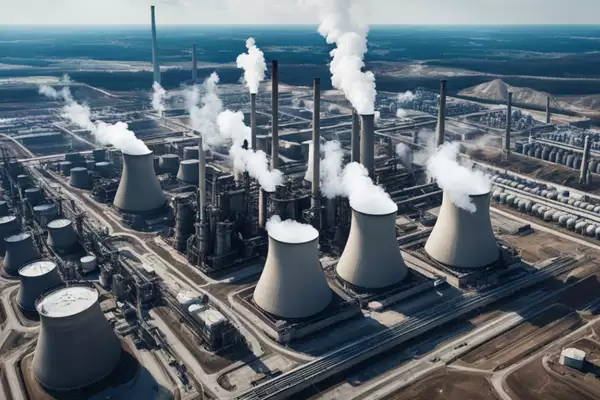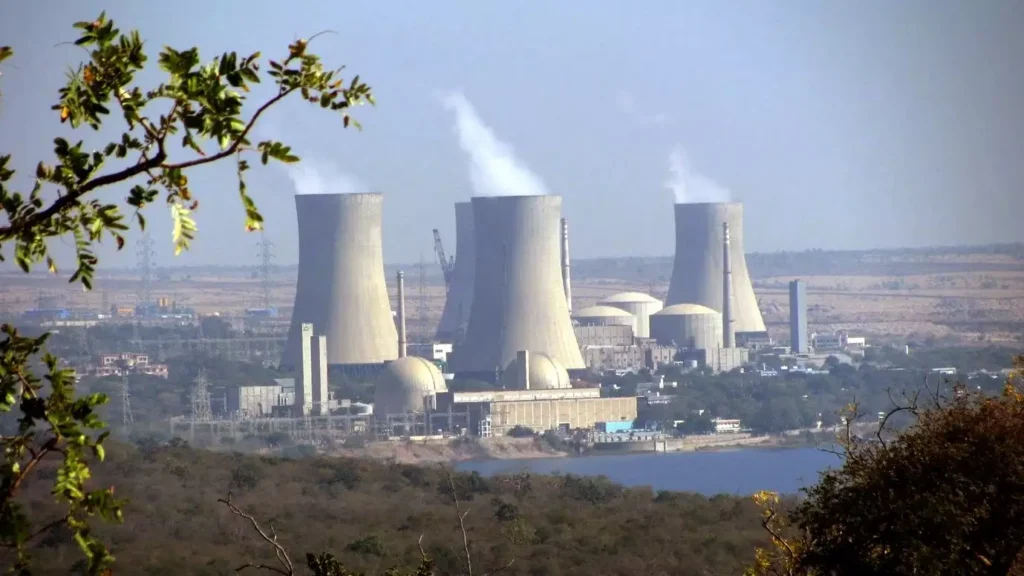Recently, the Rajasthan Atomic Power Project (RAPP) in Rawatbhata, Rajasthan, achieved “criticality”, marking a significant milestone in India’s nuclear energy sector.
- The first two reactors to achieve criticality were Units 3 and 4 of the Kakrapar Atomic Power Station in Gujarat, reaching this milestone in 2020 and 2023, respectively.
About the Criticality:
- A reactor is considered critical when each fission event releases enough neutrons to sustain an ongoing series of reactions, maintaining a stable power level.
Significance of the Achievement
- Nuclear Energy Development: Attaining criticality is a crucial step in the operational phase of the reactor, allowing for further testing and preparation for power generation.
- Contribution to Energy Security: This advancement supports India’s goal of enhancing its nuclear energy infrastructure and ensuring a reliable energy supply.
Ref: Source
| UPSC IAS Preparation Resources | |
| Current Affairs Analysis | Topperspedia |
| GS Shots | Simply Explained |
| Daily Flash Cards | Daily Quiz |
Frequently Asked Question:
What does “criticality” mean in a nuclear reactor?
Criticality occurs when a nuclear reactor sustains a chain reaction, maintaining a stable power level through continuous fission reactions.
Why is criticality important in nuclear energy development?
It is essential for starting the power generation process and is a critical step in preparing reactors for operation.
What role does criticality play in energy security?
Achieving criticality supports India’s goals for reliable energy supply and boosts nuclear energy infrastructure.



